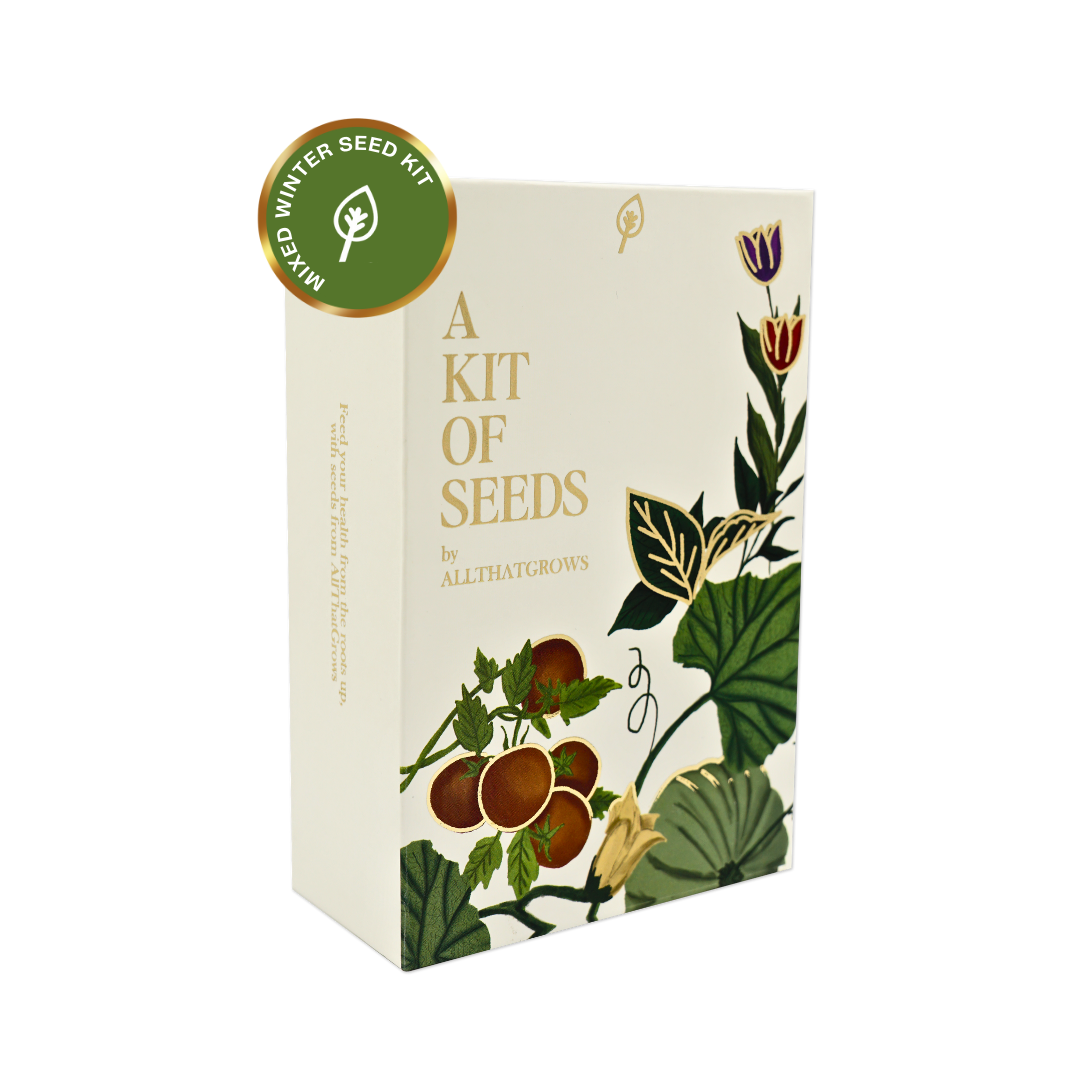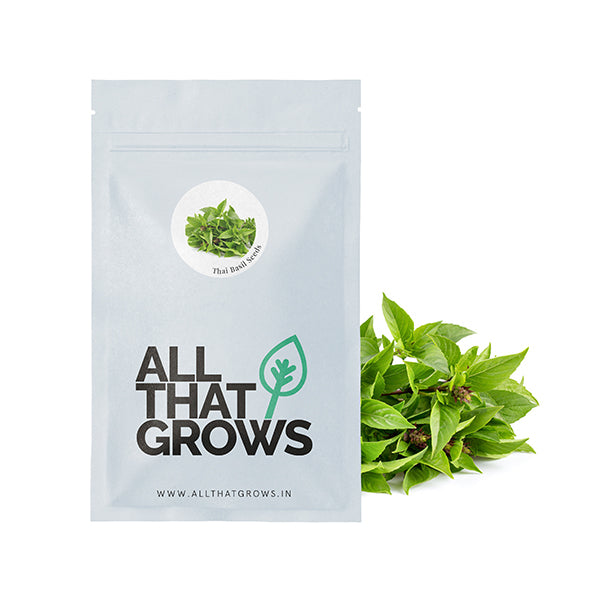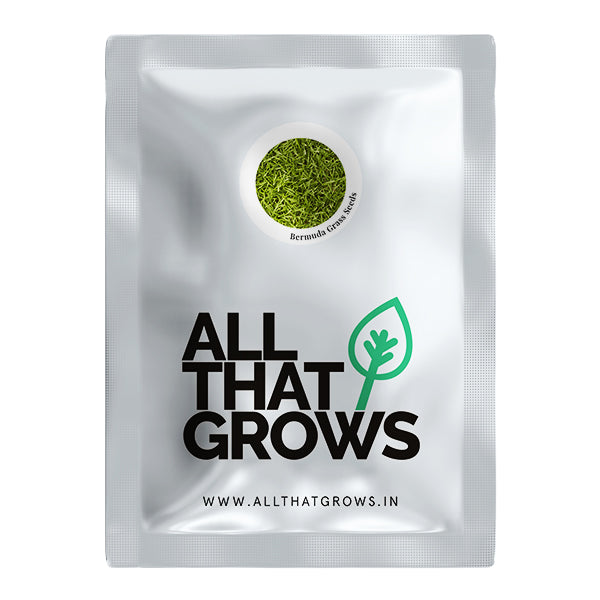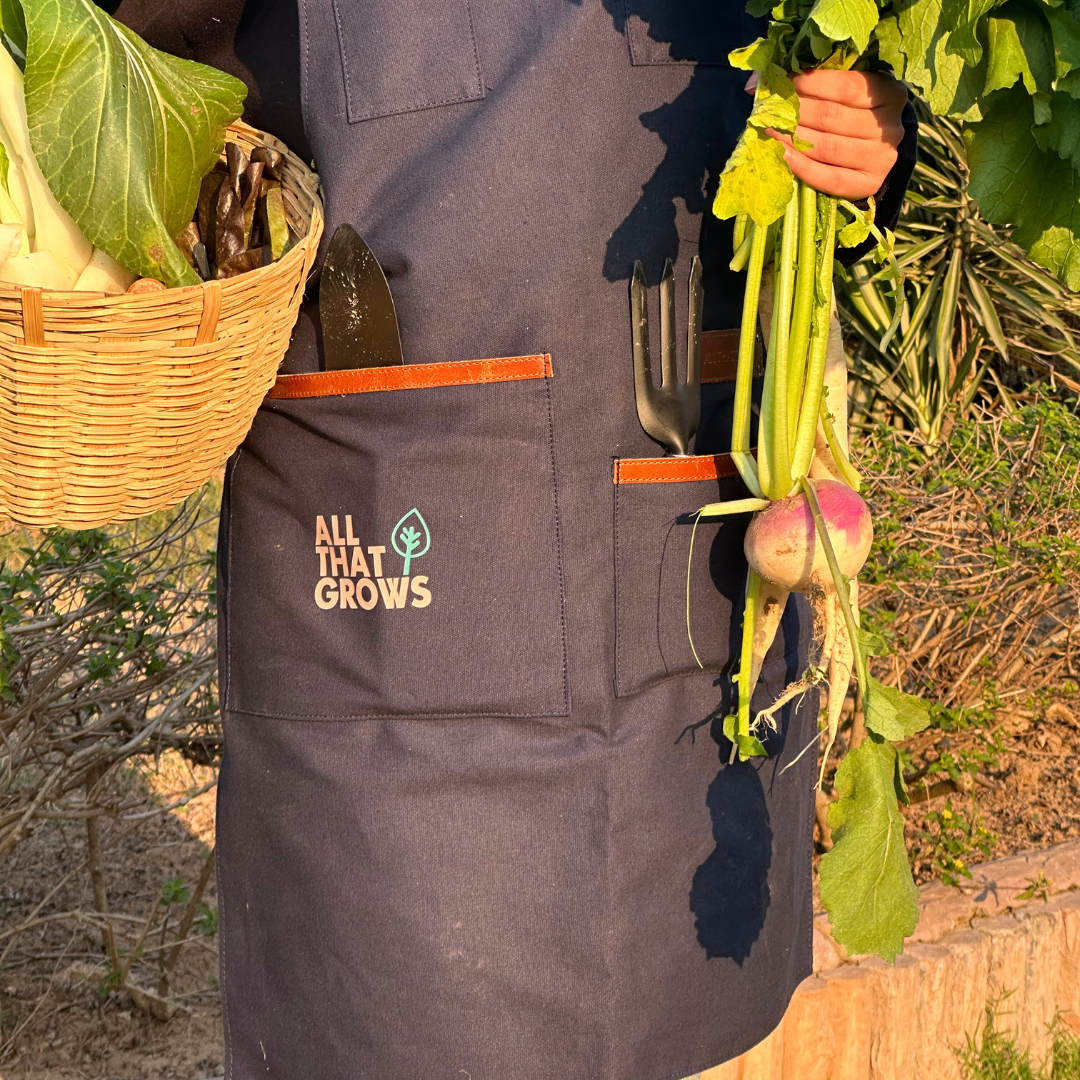- Details
- How to sow
- Reviews
One of the easiest flowers to grow with a splash of delightful colours to adorn your garden without much effort is Zinnia Lilliput mix. The bright colours, the beehive-like shape of the blooms of Zinnia Lilliput mix makes them an ideal choice for cut-flowers. Due to their compact size, Zinnia Lilliput mix flowers are suitable for containers, window boxes, garden beds. This particular variety of zinnia also works best in flower bouquets. One important thing to remember while taking care of Zinnia is Deadheading i.e. removing dead flowers that are withered.
Planting instructions
Sow seeds only ¼-inch deep. Place plants 4 to 24 inches apart depending upon the varieties. (Many common varieties are placed at a distance of 6 inches within the row and 2 feet in between rows.) You'll see seedlings in only 4 to 7 days for most varieties.
When seedlings reach three inches tall, thin them so that they’re 6 to 18 inches apart to maximise air circulation. When thinning, gently pluck out seedlings or cut them off with scissors at soil level so that the remaining seedlings' tender root systems do not get disturbed. Sow in succession for a longer blooming period.
Growing Requirements
Pests
Zinnias have no major insect problems, but are susceptible to these: Bacterial and fungal spots, Powdery mildew, Bacterial wilt, Caterpillars, Mealybugs, Spider mites. These may cause them to discolour, lose vigour, wilt or damage to the leaf etc.
soil
Zinnias grow in loamy soil which is humus-rich and well-drained at a pH of 5.5 to 7.5.
spot
They grow best in full sun.
temperature
They thrive in daylight temperature of 15°C [60°F], preferable 23 to 29°C [74 to 84°F].
watering
Zinnias like to be well watered, especially when young; but do not like waterlogged soil. Maintain watering levels up to 1 litre per week.
how to harvest
Harvesting Seeds: Allow the flower head to dry completely on the plant. It will be dark brown in colour. After drying, cut or pull it off of the plant. Then, simply pull it apart or rub it between your hands to release the seeds. Place a container underneath to catch the seeds. Store the collected seeds in a container or bag in a cool, dry place.
Harvesting Flower: Cut stems to the desired size, making sure to cut just above a leaf node or bud to encourage new blooms on the remaining stem.

The productiveness of any seed we sell is subject to your local climatic conditions*, the sowing method you adopt, and your commitment to the planting process. We give no warranty, expressed or implied, and are in no way responsible for the produce.
Please note that all our seasonal recommendations/ sowing information is as per the local climatic conditions. *For more information on the optimum conditions required for growing seeds in your region, please contact us at, hello@allthatgrows.in or Whatsapp us at, +91 8544865077
Questions & Answers
Have a Question?
Be the first to ask a question about this.


















